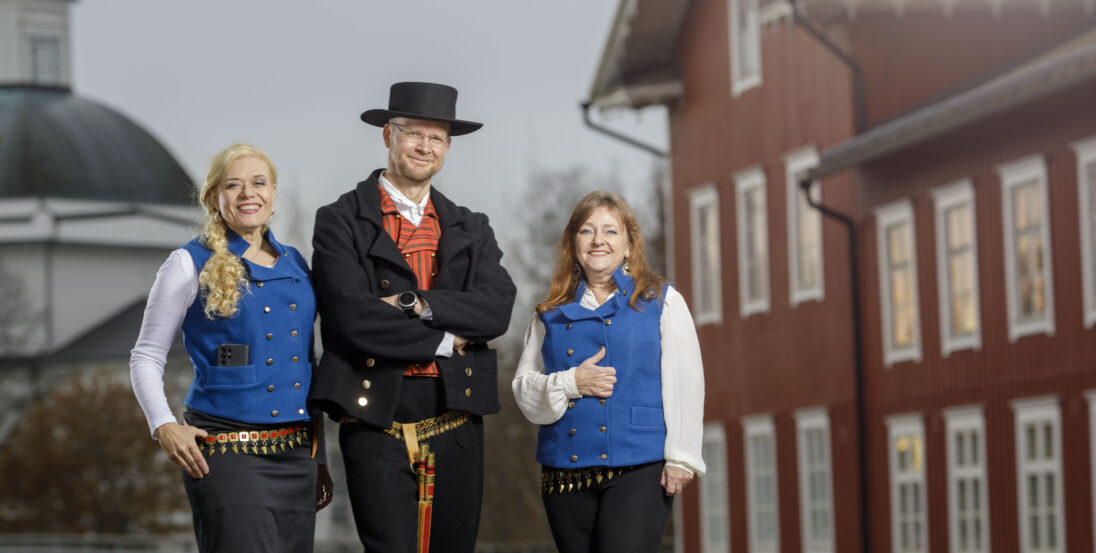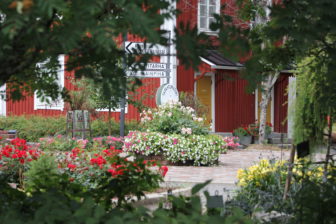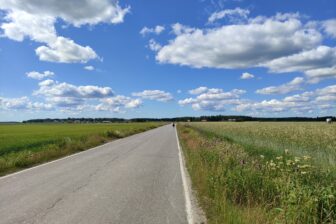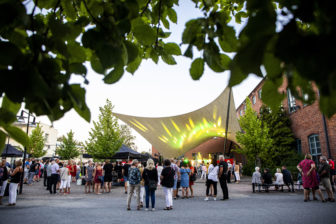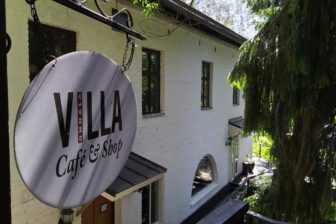The history of Kosolan House since the 18th century is exceptional. It encapsulates the story and history of South Ostrobothnia, recounting tales of outlaws and landowners, strong entrepreneurship, education, robust agriculture, and popular movements such as the youth association movement, American immigration, and the Körtti religious movement. All of these have left their mark on the house. The story of Kosola House is one of violence and stability, strength and counterforce, situated in the heart of South Ostrobothnia, within the nationally valuable cultural environment of Lapua Cathedral.
Kosola House is also one of the largest remaining Ostrobothnian farmhouses. The two-and-a-half-story house covers nearly 800 square meters. These spaces have been meticulously restored using traditional methods appropriate for the house’s age and significance. The ground floor of Kosola House now houses a lunch café and a high-quality reservation café and restaurant. Restoration work, which began in the summer of 2020, continues in other parts of the house.
The house is being developed as a visitor center for South Ostrobothnian cultural heritage. Thanks to its history, location, and impressive appearance, Kosola House is a sight that transforms into an experience once you step inside, guided by the storyteller.
In addition to the house’s story and event offerings, we organize longer and shorter day trips for bus groups related to Ostrobothnian cultural history. Check out what’s currently happening at Kosola House through their social media channels.
Guided tours can be arranged at Kosola House. Visitors can also explore Ostrobothnian architectural traditions through pre-arranged group programs such as “A Journey to Ostrobothnian Farmhouses” and “History and Antiquity in the Most Beautiful Scenery of Kyrönjoki River.” Storytellers for these programs are Taina Hautamäki and Heli Karhumäki.
The Kosola house also operates a historical inn; a lunch cafe, whose lunch facilities and opening hours can be found on the Kosola house’s website. For bus groups, meeting guests, and organizers of various parties and events, the inn also operates as a reservation restaurant. The facilities of the Kosola house consist of two entities: The Inn and the Big Side. The Inn has 65 customer seats and serving rights. The Big Side rooms have 65 + 15 customer seats. In addition, an upstairs cabinet for 10 people is available for rent. The conference technology is up-to-date.
